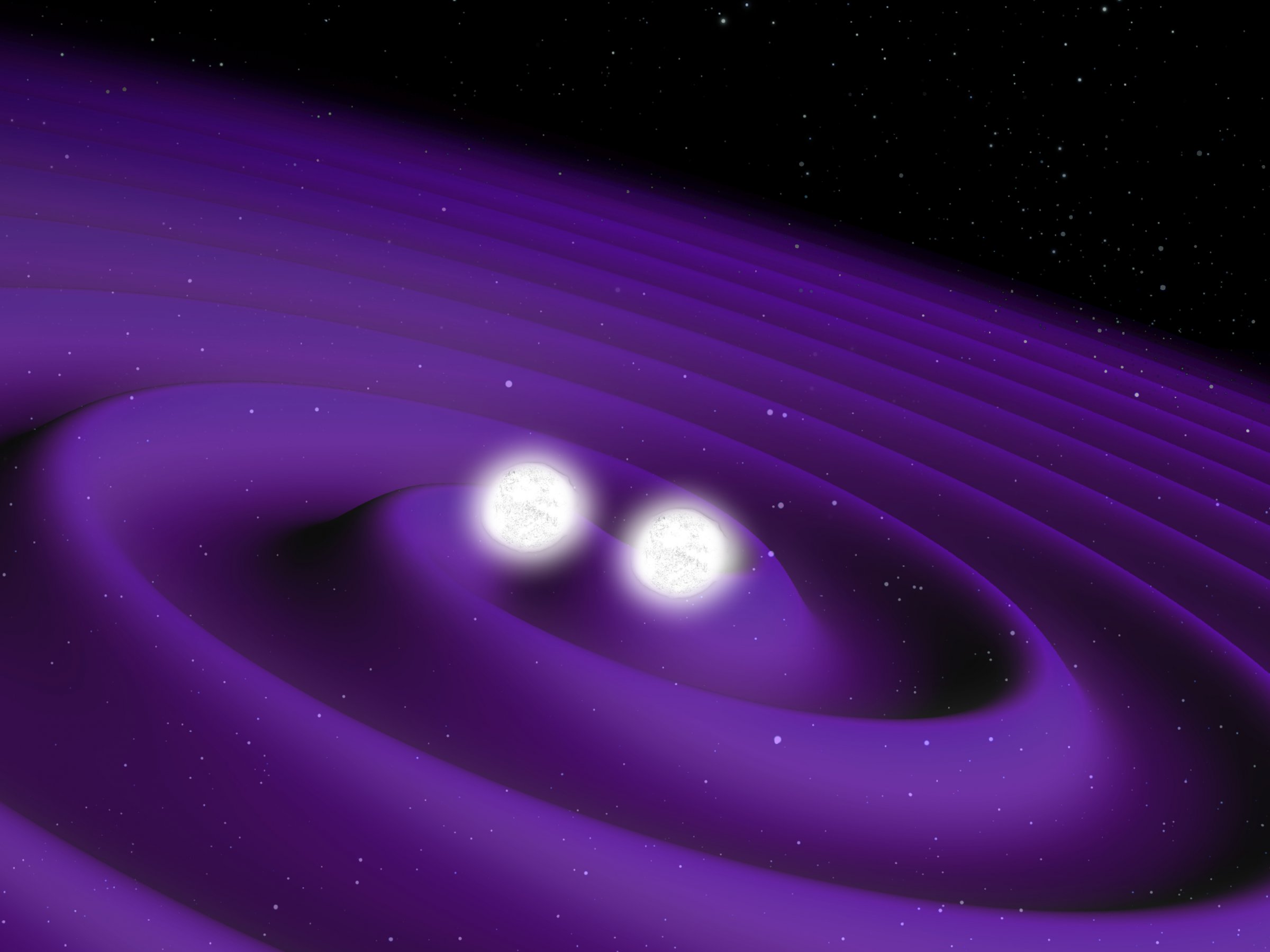January 23, 2024
Progress in gravitational wave research
FIAS scientists use deep learning to unravel the mysteries of the cosmos
The direct observation of cosmic events such as the merging of black holes or neutron stars has long been a scientific challenge. Electromagnetic radiation (like light) can be affected by dust, gas and other objects in the universe, but gravitational waves penetrate these obstacles. This allows us to obtain more precise information about distant events.In a new study, doctoral student Shriya Soma, together with Dr. Kai Zhou and Prof. Dr. Dr. hc mult. Horst Stöcker from the Frankfurt Institute for Advanced Studies (FIAS) made progress in our understanding of gravitational waves by successfully using deep learning (DL) to analyze gravitational waves from binary mergers.
The team investigated whether gravitational waves can be alternatively detected by classifying simulated signals from binary black holes, binary neutron stars and noise signals. While the classification of signals from different sources has already been done using DL by other research groups as well, Shriya Somas focus was on the estimation of crucial parameters from signals of binary neutron star mergers. The developed DL methods are not only computationally efficient, but also enable more precise estimates of the masses and tidal deformabilities of neutron stars - two key parameters for studying the behavior of these dense celestial bodies and the properties of strongly interacting matter under extreme conditions.
|
Tidal deformabilities
When a neutron star passes close to another massive object, such as another neutron star, or a black hole, it is deformed by its tidal forces. The term "tidal deformability" is used to describe how strongly a neutron star reacts to these forces and how easily it can be deformed. It is therefore important parameters for understanding the behavior of extremely dense states of matter in neutron stars and provide insights into the fundamental properties of astrophysical objects. |
The results of Shriya Soma and her colleagues underline the potential of DL techniques for the further development of gravitational wave analysis. In particular, the signal detection and parameter estimation methods developed in this work can be combined in the future to find a holistic solution for the analysis of gravitational wave signals. As an interdisciplinary research institute, FIAS has been an early mover in the application of artificial intelligence in various fields of research, particularly physics. With their approach, the institute's researchers were able to circumvent the computational challenges of conventional analysis methods. The paper was published in the renowned Journal of Cosmology and Astrophysics.
Further Information:
Publication:
Mass and tidal parameter extraction from gravitational waves of binary neutron stars mergers using deep learning , Shriya Soma et al JCAP01(2024)009
https://doi.org/10.1088/1475-7516/2024/01/009
